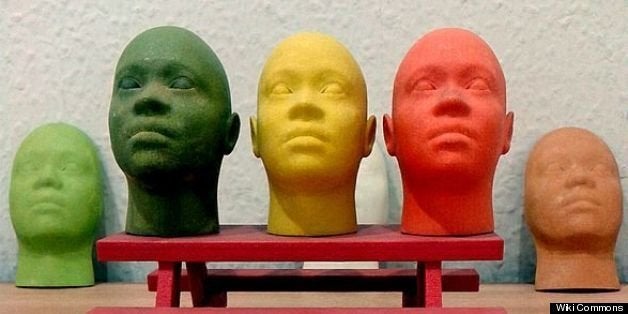
Making quirky gifts, household items and even swimwear using 3D printing at home can be useful and fun -- but is the printing process hazardous to your health?
After conducting a landmark study on the airborne particle emissions from commercially available desktop 3D printers, researchers from the Illinois Institute of Technology are warning consumers this month of the health hazards associated with using 3D printers, going so far as to compare the use of the machines indoors to smoking cigarettes.
The study -- which, according to Phys.org, is the first of its kind -- revealed that desktop 3D printers can spew a considerable amount of potentially harmful ultrafine particles (UFPs) into the air when used.
Typically a 3D printer will heat up a thermoplastic feedstock, extrude it through a nozzle, then deposit it onto a sort of landing pad where your item is built. Similar processes are known to emit harmful emissions in industrial environments, but the difference here is that in a factory, an operator might be required to wear certain protective gear and there might be better ventilation. In your home? Not so much.
Researchers measured the amount of UFPs let out into the air when a commercial printer (the study doesn't specify which brands) creates a small plastic item. And the emission rates were high -- about 20 billion particles per minute for a 3D printer working with PLA material at a relatively low temp and upwards of 200 billion/minute for those working at higher temps and with other materials.
These emission rates are said to be similar to cooking on a gas or electric stove and smoking a cigarette indoors.
According to Phys.org, inhaling UFPs is potentially harmful, as the particles "deposit efficiently in both the pulmonary and alveolar regions of the lung, as well as in head airways." They could also find their way to the brain through the olfactory nerve.
Previous research has suggested that high concentrations of UFPs in the body can cause asthma symptoms, stroke, cardiac arrest and even death.
In light of these health concerns, researchers say that consumers should exercise caution when operating 3D printers in "inadequately ventilated or unfiltered indoor environments," according to the study, published this month in the journal Atmospheric Environment.
Gizmodo suggests wearing proper protective clothing when using the machine and to use 3D printers in well-ventilated areas.